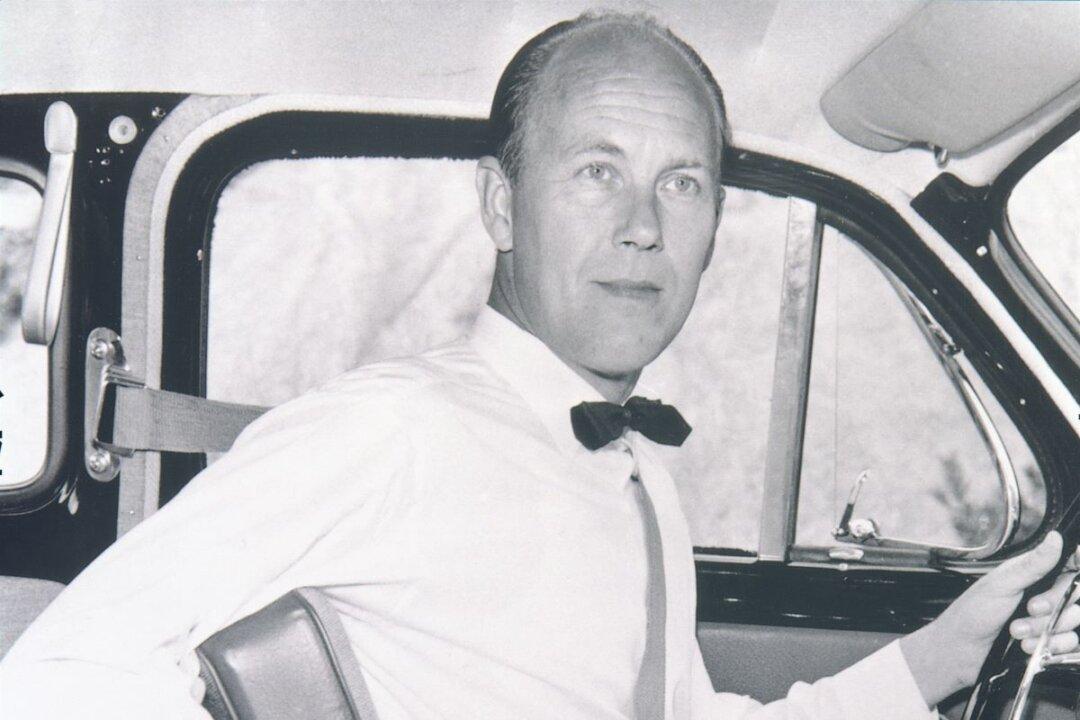Even though many take the common seat belt for granted, the automobile safety feature saves around 15,000 lives in the United States each year, according to the National Highway Traffic Safety Administration. Swedish engineer Nils Bohlin’s genius idea came to fruition in 1959, when the changing world of vehicles necessitated a better way to keep passengers safe. Luckily, Volvo’s move to forego profit off their employee’s invention allowed the safety feature to become universal in cars and trucks across the world.
Nils Bohlin
After Bohlin graduated with a degree in mechanical engineering in 1939, he was hired as a safety engineer by Svenska Aeroplan Aktiebolaget (now Saab) in 1942. There, Bohlin invented a rocket-launched ejection seat and a harness to secure evacuating passengers for airplanes. During tests, he gained a vast knowledge of motion and what it took to secure a human body.Over a decade later, Gunnar Engellau, the CEO of fellow Swedish auto-manufacturer Volvo had recently suffered the death of a relative due to the failure of the two-point seat belt. Those seat belts that did come in cars went over just the passengers’ laps and did little to protect them in a crash. Sometimes, the seat belts caused worse injuries than the crashes themselves.






